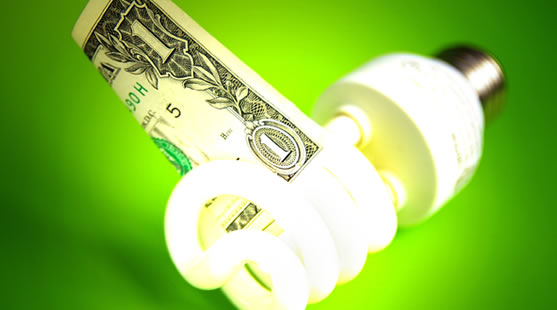IRS Making Tax Credits Available for Home Efficiency Renovations Made in 2009
 March 8, 2010
March 8, 2010  Kyriaki (Sandy) Venetis
Kyriaki (Sandy) Venetis  Stock photo.
Stock photo.
Here’s some great bonus news for anyone who made home efficiency renovations to their primary residence last year to save on energy costs. On the federal and state level, homeowners will be allowed to claim tax credits for home improvements to areas such as their windows, insulation, heating and cooling equipment, boilers, water heaters, appliances, and on-site renewable energy equipment.
The resource information for this post comes from the Tax Incentive Assistance Project, which is sponsored by a coalition of public interest nonprofit groups, government agencies, and other organizations in the energy efficiency field.
The project has a free website designed to give consumers and businesses detailed information - with lots of resource links - to access state and federal income tax incentives for energy efficient products and technologies.
The TIAP reviewed the American Recovery and Reinvestment Tax Act of 2009, and looked at several provisions modifying and expanding existing renewable energy and efficiency incentives.
Among the expansions, it found that larger financial caps - covering home envelope improvements, as well as heating, cooling, and water heating equipment - had increased to $1,500 (from $500). The caps can apply to a combined tax credit for 2009 and 2010.
Lower caps, such as the $200 cap on new windows, have been abolished. “The existing home incentives are now calculated at 30 percent of the cost of installation, up to the $1,500 cap. The legislation is unclear on whether this includes both equipment and labor, however pervious Internal Revenue Service rulings suggest that labor is not included,” said the TIAP.
In addition, on-site renewables (such as solar photovoltaic and hot water systems, small wind systems, and geothermal heat pumps) are now also eligible for an incentive worth 30 percent of the total cost, and without a cap.
Beyond a house being a primary residence, a person owning a condo or co-op can also apply for these tax credits if their homeowners association reports their share of the cost, according to the TIAP. Owners of vacation homes or rental properties can’t claim these tax credits, but some rental property owners may qualify for deductions under the commercial building tax deduction for buildings greater than three stories.
Primary owners of a home can use the following appropriate IRS forms in applying for the tax credits or call the IRS directly for further information. For the most part, people need to keep records of when the improvements were placed in service; the cost of the materials and labor; and the manufacturer’s certification that the product is eligible.
The TIAP has also provided several sources of state-level information. Some states have their own websites, but for comprehensive listings, people can try the American Council for an Energy Efficient Economy’s state policy database and DSIRE - the Database for State Incentives for Renewables and Efficiency.
Reader comments and input are always welcomed!
